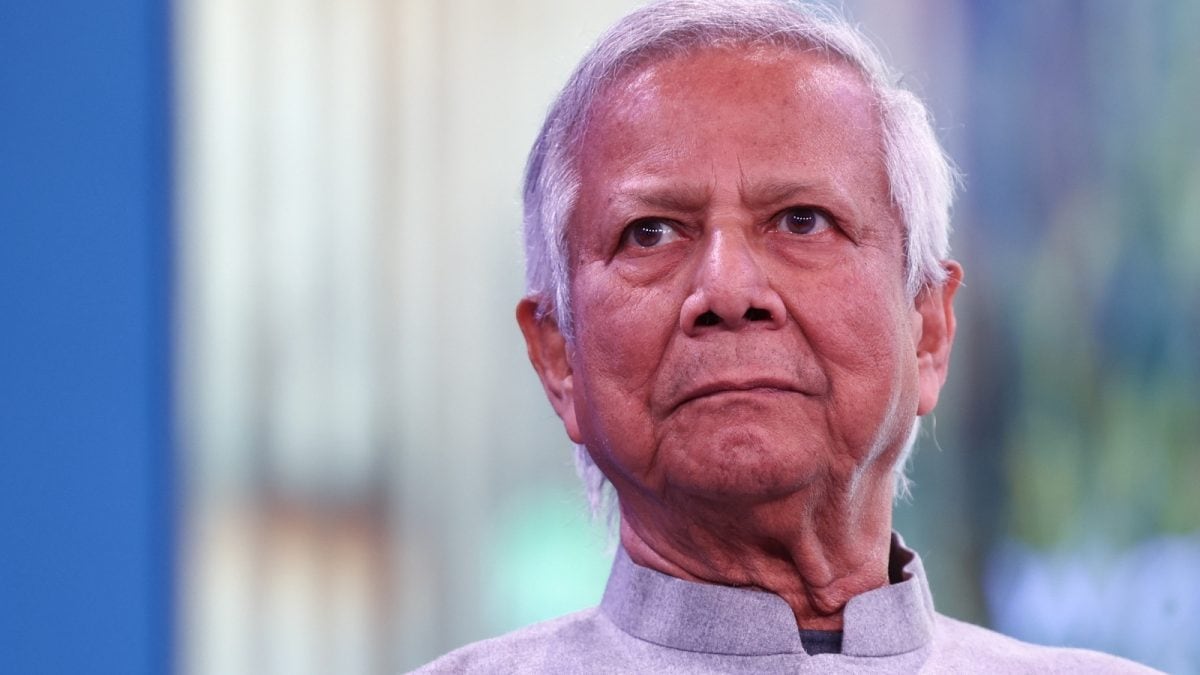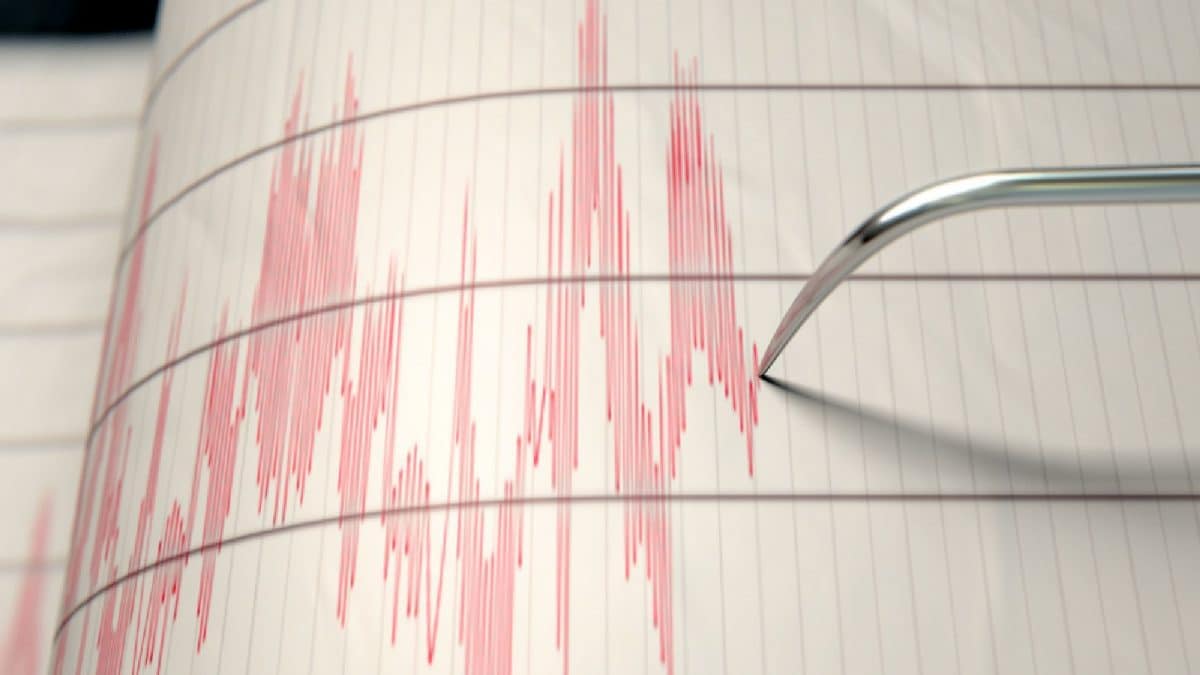According to a Ukrainian security official, who spoke to Reuters, the operation - code-named 'Spider's Web' - targeted four Russian airbases and marked the deepest drone assault Ukraine has launched to date.

Ukraine code-named its offensive 'Spider's Web'.
Ukraine's secret services executed a complex and highly covert operation on Sunday, damaging 41 Russian warplanes at multiple airbases deep inside Russian territory.
Using an inventive method to bypass distance limitations, Ukrainian operatives concealed explosive-laden drones inside the roofs of wooden sheds, which were then transported on trucks to the perimeters of targeted airfields. Once in place, the shed roofs were remotely activated to release swarms of quadrocopter drones that launched coordinated attacks on strategic bombers stationed at the sites.
According to a Ukrainian security official, who spoke to Reuters, the operation - code-named 'Spider's Web' - targeted four Russian airbases and marked the deepest drone assault Ukraine has launched to date.
The official claimed the mission was personally overseen by President Volodymyr Zelenskyy and Vasyl Maliuk, head of Ukraine's domestic intelligence agency SBU. Though the number of damaged aircraft remains unverified, if confirmed, the strike would be the most devastating drone operation by Ukraine since the war began.
Photographs and footage provided by the Ukrainian official to Reuters show the elaborate setup: dozens of short-range drones stockpiled in an industrial warehouse, and the wooden sheds with their metal roofing removed, revealing drones nestled between the beams. Separate unverified videos circulating on Russian social media also show similar wooden structures loaded on trucks, with roof panels discarded nearby and drones visibly lifting off from inside the mobile units.
The Belaya air base in Russia's Irkutsk region - over 4,300 km from the front lines - was among the key targets. The base houses Tu-22M supersonic bombers, used extensively in missile strikes on Ukrainian infrastructure.
Visuals shared online and by Ukrainian sources show strategic bombers, including what appear to be Tu-95 aircraft, ablaze on the tarmac. The Irkutsk strike is particularly notable, given the extraordinary distance from Ukrainian-held territory, suggesting the drones were pre-positioned close to the bases-well beyond the range of conventional Ukrainian drones or ballistic missiles.
Russia has acknowledged the strikes. The Russian Defence Ministry confirmed Ukraine had launched drone attacks against military airfields across five regions: Murmansk, Irkutsk, Ivanovo, Ryazan, and Amur.
According to the ministry, air defences successfully repelled the drones in all but the Murmansk and Irkutsk regions, where the launch of FPV (First Person View) drones from nearby locations led to several aircraft catching fire. It also stated that the resulting blazes were extinguished, and no casualties were reported.
Russian state-operated media outlet Tass reported that the driver of a truck believed to be involved in the drone attack will be questioned by police.
The dramatic Ukrainian strike came just a week after Russia carried out its largest aerial bombardment of the war, firing 367 missiles and drones at Ukrainian cities. That attack killed at least 13 civilians, including three children, and left widespread destruction across Kyiv, Kharkiv, Mykolaiv and other cities, despite Ukrainian air defences shooting down the majority of the projectiles.
Published By:
Nakul Ahuja
Published On:
Jun 1, 2025

 1 day ago
1 day ago














